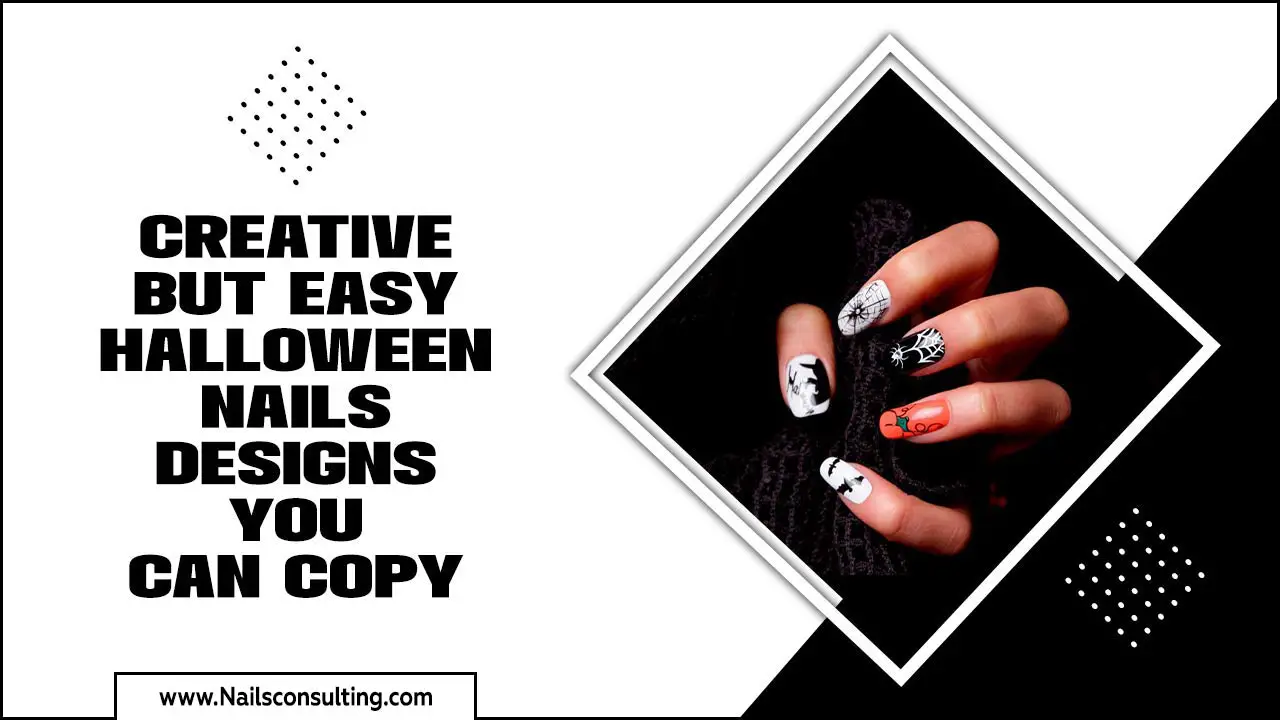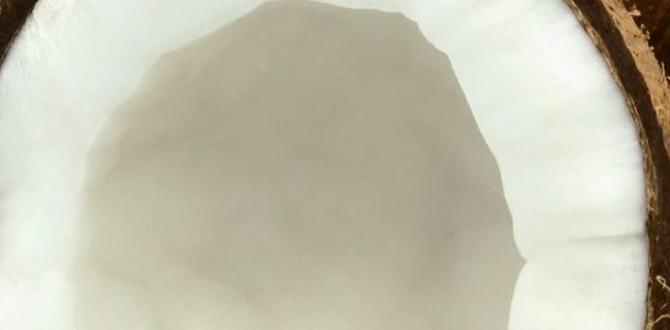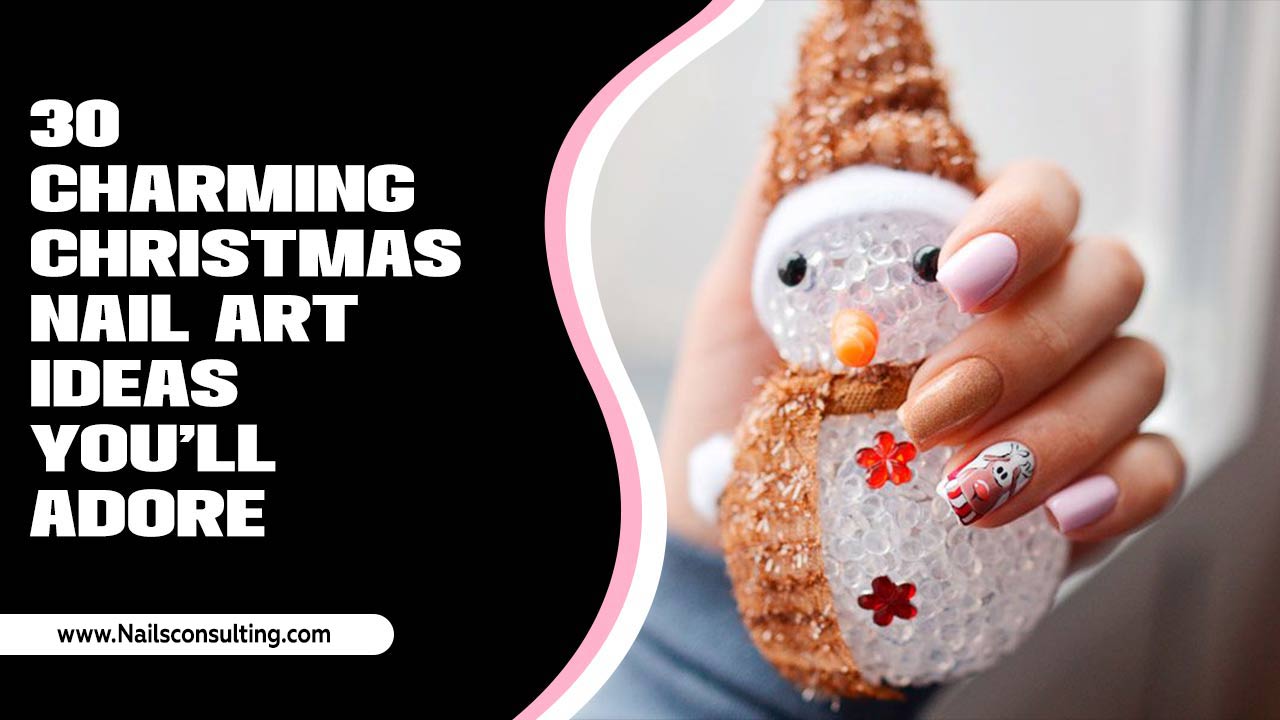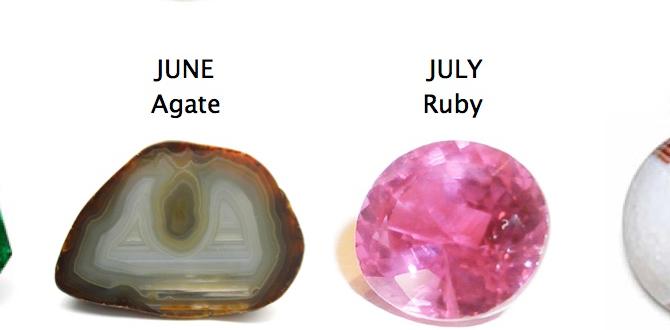Winter Velvet Nails: The Essential Guide to Achieving a Luxurious, Cozy Manicure. Learn how to create this trendy, soft-textured look at home for a stunning, touchable finish that’s perfect for the colder months.
Are you dreaming of nails that look as cozy and luxurious as your favorite winter sweater? Winter velvet nails offer a unique, soft texture that feels amazing and looks incredibly sophisticated. This popular trend is surprisingly easy to achieve, even for beginners. Forget complicated nail art; velvet nails are all about a simple, yet stunning, finish. If you’ve been searching for a way to elevate your winter manicure without a trip to the salon, you’ve come to the right place!
This guide will walk you through everything you need to know to create gorgeous winter velvet nails right at home. We’ll cover the essential tools, the simple steps involved, and how to keep your velvety creations looking their best. Get ready to transform your nails into a cozy, winter wonderland!
What Exactly Are Winter Velvet Nails?
Winter velvet nails are a type of manicure that mimics the soft, plush texture of velvet fabric. This effect is achieved using a special type of fine glitter or flocking powder that is applied over a wet nail polish base. When the powder adheres to the polish, it creates a fuzzy, matte finish that feels incredibly soft to the touch and has a beautiful, diffused shimmer. Think of it as a cozy, tactile experience for your fingertips!
The beauty of velvet nails lies in their subtlety and elegance. Unlike chunky glitters or elaborate designs, velvet nails offer a chic, understated glamour that’s perfect for any occasion during the cooler months. They add a touch of warmth and luxury, making them an essential part of a stunning winter look.
Why Choose Winter Velvet Nails This Season?
Winter is all about embracing warmth, comfort, and a touch of indulgence. Winter velvet nails fit this theme perfectly. Here’s why they’re an absolute must-have for your cold-weather beauty repertoire:
- Luxurious Texture: The most obvious appeal is the unique, soft texture. It’s like a gentle hug for your nails, providing a sensory experience that’s incredibly satisfying.
- Elegant and Sophisticated: Velvet nails offer a refined look that’s far more subtle than traditional glitter. They exude an understated elegance, making them suitable for both casual and formal events.
- Versatile Color Palette: While the name suggests deep winter hues, velvet nails can be achieved in virtually any color. Deep jewel tones like emerald green, sapphire blue, and ruby red are stunning, but so are softer pastels or even classic nudes.
- Easy DIY Application: You don’t need to be a nail art pro to create this look. The process is straightforward and can be done with minimal supplies.
- Unique Finish: In a world of glossy manicures, velvet nails offer a refreshing and distinctive alternative. They’re a fantastic way to stand out and express your personal style.
- Cozy Vibe: Nothing says “winter” like a touch of softness and warmth. This manicure enhances the cozy, inviting atmosphere of the season.
Essential Tools for Your Velvet Nail Transformation
Gathering the right tools is key to achieving salon-worthy results at home. Don’t worry; you likely already have most of these!
Nail Prep Essentials:
- Nail File: For shaping your nails to your desired length and form.
- Nail Buffer: To smooth out any ridges and create a clean surface. A fine-grit buffer is best.
- Cuticle Pusher: To gently push back your cuticles for a neat appearance.
- Nail Polish Remover: Acetone-based removers are generally most effective.
- Cotton Pads: For applying the nail polish remover.
Velvet Nail Application Tools:
- Base Coat: A good quality base coat protects your natural nails and helps your polish adhere better.
- Your Chosen Nail Polish Color: This will be the base color that peeks through the velvet effect. Opaque, darker colors often work best for a rich look.
- Velvet Powder/Flocking Powder: This is the magic ingredient! It comes in fine fibers or glitter particles designed to create the matte, fuzzy texture. You can find these online or at beauty supply stores. Look for terms like “velvet powder,” “flocking powder,” or “velvet glitter.”
- Small Brush or Applicator: Many velvet powder kits come with a small brush for application. If not, a clean eyeshadow brush or a fan brush can work well.
- Top Coat (Optional, for a different effect): While a traditional top coat will make velvet nails shiny and defeat the purpose, there are matte top coats available that can seal the velvet effect without adding shine.
- Tweezers: Sometimes helpful for picking up excess powder.
Step-by-Step Guide to Creating Winter Velvet Nails
Ready to dive in? Follow these simple steps for a stunning velvet manicure that will turn heads!
Step 1: Prep Your Nails
Start with clean, dry nails. Remove any old nail polish thoroughly. Shape your nails using a nail file, and then gently push back your cuticles. Buff your nail surface lightly to smooth out any imperfections and create an even base for polish application. Wipe your nails with nail polish remover to remove any oils and dust, ensuring the polish adheres well.
Step 2: Apply Base Coat and Color
Apply one thin layer of your base coat and let it dry completely. Next, apply your chosen nail polish color. For the best velvet effect, apply two thin, even coats of your colored polish. Allow each coat to dry until it’s nearly dry but still slightly tacky to the touch. This tacky surface is crucial for the velvet powder to adhere properly.
Step 3: Apply the Velvet Powder
This is where the magic happens! Work on one nail at a time, as the polish will start to dry. While the second coat of colored polish is still wet and tacky, carefully sprinkle or brush a generous amount of your velvet powder over the entire nail surface. Ensure you coat the entire nail evenly. For best results, you can dip your nail directly into a small pot of powder, or use a brush to dust it on.
Step 4: Clean Up Excess Powder
Gently tap the side of your finger to remove any loose powder. You can also use a clean, dry brush (like a fluffy eyeshadow brush or the brush that came with your powder) to gently sweep away any excess powder from your cuticles and the surrounding skin. Be careful not to disturb the velvety coating on the nail itself.
Step 5: Seal the Look (Optional, Depending on Desired Finish)
If you want to preserve the velvety texture without adding shine, there are a couple of options:
- No Top Coat: For the truest velvet feel, many people opt to skip the top coat altogether. This gives the most authentic soft texture but can be less durable.
- Matte Top Coat: If you need a bit more durability, you can carefully apply a matte top coat. Apply it very sparingly and quickly, just enough to seal the velvet. Avoid applying it too thickly, as this can flatten the texture and make it look less velvety.
Important Note: Do NOT use a traditional shiny top coat. It will ruin the velvet effect by making it glossy and will likely cause the powder to clump.
Step 6: Repeat and Dry
Repeat steps 3 through 5 on each of your nails. Once all nails are done, allow them to dry completely. This might take a little longer than a regular manicure, especially if you are not using a top coat. Avoid exposing your nails to water or heavy activity for at least an hour to ensure the velvet effect sets properly.
Tips for Maintaining Your Velvet Nails
Your winter velvet nails are a special kind of beauty, and they require a little extra care to stay looking their best:
- Be Gentle: Avoid harsh scrubbing or activities that could snag or wear away the velvet texture.
- Moisturize: Keep your hands and cuticles moisturized with a good hand cream and cuticle oil. Dryness can affect the appearance of textured nails.
- Cleaning: When cleaning or doing household chores, consider wearing gloves to protect your manicure.
- Avoid Shine: If you’re using a matte top coat for longevity, remember that even matte finishes can sometimes lose their perfect matte appearance over time.
- Removal: When it’s time to remove your velvet nails, use a good quality nail polish remover and be patient. Soaking your nails for a few minutes can help loosen the polish and powder.
Troubleshooting Common Velvet Nail Issues
Even with the best intentions, you might encounter a few hiccups. Here’s how to handle them:
- Uneven Texture: If your velvet effect looks patchy or uneven, it might be because the base polish wasn’t tacky enough, or you didn’t apply enough powder. Try reapplying the colored polish in a thin layer and quickly dusting on more powder.
- Powder Not Sticking: Ensure your colored polish is still wet and tacky when applying the powder. If it has started to dry, the powder won’t adhere well. Also, make sure you’re using enough powder to fully cover the nail.
- Velvet Looks Flat/Dull: This can happen if you’ve applied too much matte top coat or if the environment is very humid. Try using a lighter hand with the top coat, or opt for no top coat if possible for maximum texture appeal.
- Powder Getting Everywhere: Protect your workspace by laying down some paper towels and gently tapping off excess powder over a tray or paper. Use a clean brush to sweep away stray particles from your skin.
Beyond the Basics: Elevating Your Velvet Nail Game
Once you’ve mastered the basic velvet nail technique, consider these ideas to add even more flair:
Accent Nails
Create a velvet effect on just one or two accent nails while keeping the rest of your nails a complementary glossy or matte color. This creates a beautiful contrast in texture and visual interest.
Ombre Velvet
Gently blend two velvet colors on a single nail for a stunning ombre effect. Start with one color at the cuticle and gradually dust the second color towards the tip, allowing them to meld softly.
Layering Textures
Combine velvet finish nails with other textures. For example, have velvet nails on your ring fingers and glossy nails in the same color on your other fingers. Or, use fine glitter polish over the velvet for a subtle sparkle.
Seasonal Color Choices
Embrace the season with your color palette. Think deep forest greens, icy blues, rich burgundy, classic creams, and deep charcoals for a truly winter-appropriate look. For a festive touch, consider ruby reds or shimmering golds.
Comparing Velvet Powders and Traditional Glitters
It’s helpful to understand the difference between velvet powders and regular nail glitters to achieve the desired effect.
| Feature | Velvet Powder/Flocking Powder | Traditional Glitter Polish/Glitter Flakes |
|---|---|---|
| Texture Effect | Soft, fuzzy, matte, plush feel. Mimics velvet fabric. | Sparkly, shimmery, smooth or textured depending on glitter size. Often glossy. |
| Application | Applied over wet polish, adhered to create a fiber-like surface. | Mixed into polish, applied as a top coat, or as loose glitter applied to wet polish. | Matte, diffused light reflection. | Varies from high shine to subtle sparkle. | Can be less durable without a top coat; requires gentle handling. Matte top coat provides some protection. | Varies. Can be very durable, especially when sealed with a top coat. Larger flakes can sometimes catch. | Creates a subtle depth and a soft, luxurious look. | Creates distinct points of light and can be very eye-catching. |
For the true “velvet” look, flocking powder is essential. Traditional glitters will give you sparkle, but not that signature soft texture.
The Science Behind the Velvet Effect
The captivating texture of velvet nails comes from the physical properties of the flocking powder. These powders are made of extremely fine fibers, often derived from materials like rayon or nylon. When applied to a wet nail polish surface, the sticky base coat acts as an adhesive. The fine fibers then randomly adhere to the nail, standing up slightly to create a dense, fuzzy layer. This unique arrangement diffuses light rather than reflecting it sharply, which contributes to the matte, velvety appearance. The process is akin to how flocking is used in crafting or upholstery to create a soft-touch finish. For a deeper dive into the materials science of fibers and textiles, resources from institutions like the Textile School at the Wilson College of Textiles offer comprehensive insights into fiber characteristics.
FAQ: Your Winter Velvet Nail Questions Answered
Q1: Can I use regular nail polish with velvet powder?
A: Yes! You’ll apply your regular nail polish color as the base. The key is that the base color needs to be wet and tacky when you apply the velvet powder.
Q2: How long do winter velvet nails typically last?
A: Without a top coat, they might last 2-4 days with careful wear. If you use a matte top coat, you can expect them to last closer to 5-7 days, similar to a regular manicure, but they are still more delicate.
Q3: Do I need a special UV lamp for velvet nails?
A: No, absolutely not! Velvet nails are achieved with regular nail polish and air-drying. This makes them perfect for DIY at home without any special equipment.
Q4: What colors look best for winter velvet nails?
A: Deep, rich, and muted tones are fantastic for winter. Think jewel tones like emerald, sapphire, ruby, amethyst, or warm earthy shades like chocolate brown, deep burgundy, and charcoal grey. Lighter, muted pastels can also look very chic and sophisticated.
Q5: Can I apply velvet powder over my natural nails without polish?
A: It’s not recommended. The velvet powder needs a sticky base to adhere to. Applying it directly to a clean, dry nail won’t work. You must have wet nail polish on first.
Q6: How do I remove velvet nails?
A: Use your regular nail polish remover. Soak a cotton ball, press it onto your nail for a few minutes to soften the polish and powder, and then gently swipe it away. You might need a bit more patience than with a regular manicure.
Q7: Is the velvet powder safe for my nails?
A: Yes, the flocking powders themselves are generally safe and made from cosmetic-grade materials. However, as with any manicure, it’s important to allow your nails to “breathe” occasionally by going polish-free for a short period between applications.
Conclusion
Winter velvet nails are more than just a trend; they’re an invitation to embrace the season with a touch of cozy luxury and understated elegance. From their unique, soft texture to their versatile appeal, these manicures are a delightful way to express your personal style during the colder months. As we’ve explored, achieving this sophisticated look at home is surprisingly simple, requiring just a few key tools and a little patience. By following the steps outlined, you can transform your nails into a stunning, touchable masterpiece that feels as good as it looks.
Don’t be afraid to experiment with different colors and subtle variations. Remember, nail art is about creativity and self-expression. Whether you opt for a deep, moody hue or a soft, ethereal shade, your winter velvet nails are sure to be a conversation starter. So go ahead, gather your supplies, and treat yourself to the cozy, luxurious manicure you deserve. Happy polishing!





